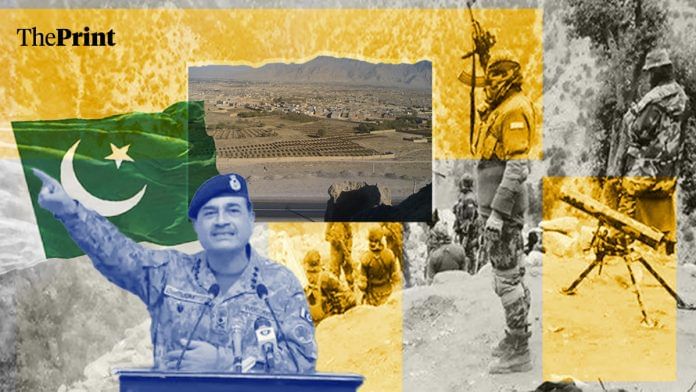New Delhi: Twelve soldiers killed last week, 19 last month, five police officers the month before—the mountains west of the Indus, the Pakistan army is learning, is the place violent death calls home. This week, the Pakistan army’s losses in fighting insurgencies and terrorism have risen to points that are causing it genuine anxiety. The country has threatened Afghanistan with cross-border strikes. There have been rumours of an attack on the Tehreek-i-Taliban Pakistan chief Noor Wali Mehsud in Kabul, and leave aside all the froth and speculation, the facts are looking grim.
The Pakistan army’s losses in fighting insurgencies and terrorism have risen to 932 this year, and could cross the all-time record of 1,012, set back in 2009. This isn’t great publicity for a military that claims to have just defeated India, and it sure wasn’t meant to be the script. Four years ago, when the Taliban stormed through Afghanistan capturing Kabul, then Inter-Services Intelligence chief Faiz Hameed swaggered with viceregal confidence through the Serena Hotel in Kabul, promising—“everything will be okay”.
Like so often in the past, reality has proved resistant to the wisdom of governments and experts. Back then, experts were calling on the world to help the Taliban snuff out the Islamic State, because they assumed the Islamic Emirate would be a close ally of Pakistan, which had funded and provided it safe haven for years.
Instead, Islamabad has now found itself locked in ferocious combat against the Tehreek-e-Taliban Pakistan, a coalition of mainly Pakistani jihadists, which has long been sponsored by the Inter-Services Intelligence Directorate and the Islamic Emirate. It’s confusing.
The Taliban leadership Pakistan backed has proved either unwilling or uninterested in taking on the TTP, and Field Marshal Asim Munir is discovering his troops are in serious trouble. Launching drone and air strikes into Afghanistan, along with threats of military action, and skirmishing along the border, have done nothing to deter the TTP or force the Taliban to act against it. To get a sense of just how much Pakistan’s losses hurt, consider this: They’re actually higher than the highest losses India ever suffered in Jammu and Kashmir, which was 638, back in 2000.
Thank you for joining this episode of ThePrint Explorer. I’m Praveen Swami, contributing editor to ThePrint. In this episode, I’ll be unpacking who the TTP are, what they’re actually fighting for in Khyber Pakhtunkhwa, and why Pakistan seems unable to rein back its clients and get them to behave.
The culture of the peoples of Khyber Pakhtunkhwa is populated by many imaginary beasts—the dragon ‘Azhdaar’ which guards hidden treasure, the giant ‘Barzangi’ who appears during hailstorms, the shapeshifter ‘Shirarr’ which stalks the mountain paths at night.
Field Marshal Asim Munir has invented his own mythological beast, labelling the TTP the ‘Fitna al-Khawarij’, or heretical rebels backed by India. Terrorists are no longer killed, Field Marshal Munir’s public relations people say, they are “sent to hell”.
This kind of religion-suffused language might console some people, but fairy tales don’t defeat insurgencies. The truth about what’s going on is deeply complex, and it doesn’t give much reason to hope any end is in sight.
Also Read: How 1971 Indian Airlines hijacking led Pakistan to add ‘false flag’ to its terror denial toolkit
The rise of the TTP
In April 2004, the jihadist Nek Muhammad Wazir stood on a stage near his home in the Shakai valley, glowing as Pakistan’s XI corps commander placed an improbably colourful garland around his neck. “Whatever happened, happened,” the feared jihadist commander told Lieutenant-General Syed Safdar Husain, “we will not fight each other again.”
“The tribal people,” he went on, “are Pakistan’s atomic bomb. When India attacks Pakistan, if you look into history, you will see the tribals defending 14,000 kilometres of the border. No one can dare attack Pakistan from here.”
The garland turned out to be a noose. Less than three months after the Shakai deal, a Hellfire missile fired from an American drone, locked on to Nek Muhammad’s home as he was eating lunch, guided by a signal broadcast from a chip planted by an agent. It was the Central Intelligence Agency’s first drone strike in Pakistan, carried out on the basis of what we now know as a secret Pakistani request.
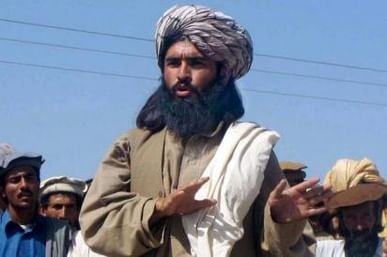
Following 9/11, the large numbers of Pakistanis who had served with the Taliban’s First Islamic Emirate poured south across the border, and were granted safe havens in Khyber Pakhtunkhwa. In 2004, the United States pushed then-ruler General Pervez Musharraf into opening operations against Arab, Chechen and Uzbek jihadists operating from Pakistan’s South Waziristan agency, who were creating a real threat across the border in Afghanistan.
The offensive proved disastrous. Pakistan’s army had neither the will nor the counterinsurgency skills to take on men it had, until 9/11, considered its strategic partners and best friends. Facing severe losses, Musharraf sold the United States the idea that he could instead co-opt the jihadist leadership using his intelligence service, the ISI.
This game seemed, at first, to work. In April 2004, Nek Muhammad agreed to severe his support to the armies of Arab, Chechen and Uzbek jihadists in the Shakai valley. In return, Pakistan’s armed forces called off their offensive.
A few days later, though, the Shakai agreement unravelled. Nek Muhammad refused to hand over foreign jihadists, and began assassinating traditional tribal leaders who competed with him for power.
A persistent terror
Nek Muhammad’s story helps understand why that happened—and why talking to the Taliban hasn’t, and probably won’t, work.
Put simply, Nek Muhammad used the jihadist movement to seize power at gunpoint, something he had no prospect of doing through either electoral means or the traditional tribal structure. The deals were a great way to show the population that the government feared and respected the jihadists, but men like Nek Muhammad understood that peace, if it actually came, would threaten their new-found power.
There are several expert accounts that claim the Taliban are tribal rebels against the Pakistani state, but they’re also rebels against the traditional order in the Pashtun borderlands.
The son of a small landlord from the village of Kalosha in South Waziristan, Nek Muhammad belonged to a generation of young men with some education and wealth, who were impatient with the traditional power structure. He received schooling at an influential Islamist-controlled seminary, the Jamia Dar-ul-Uloom, before going to study at a college run by the secular-nationalist Pakhtunkho Awami Party. He dropped out soon after, and set up a shop in the main bazaar of Wana, South Waziristan’s main town.
Less than 18 years old at the time, Nek Muhammad volunteered for service with the mujahideen in Afghanistan. He was operating alongside the Taliban by 1995-1996. He became close friends with Islamic Movement of Uzbekistan chief Tahir Yuldashev and Uighur jihadist Hasan Mohsin.
Following the events of 9/11, Nek Muhammad returned to Waziristan. He came back with his guns, and so it was easy to grab power in the Shakai valley, backed as he was by these old al-Qaeda contacts, among the Uzbeks and the Chechens. Pakistan’s army, still hoping it would one day plant the Taliban back in power in Kabul, wasn’t displeased with the jihadists taking asylum in its territory.
Every peace deal, like Shakai, ended the same way, and for pretty much the same reasons. In February 2005, the Pakistan army signed a peace deal with Baitullah Mehsud, then chief of the Taliban operating in the Sararogha area of South Waziristan. This deal didn’t make it incumbent on the Taliban to give up their guns or surrender foreign fighters linked to al-Qaeda. Even then, clashes broke out within months. In August 2009, a CIA drone eliminated Baitullah Mehsud, but his successor Hakimullah Mehsud went on to be enormously powerful. He died, but now you have Noor Wali Mehsud.
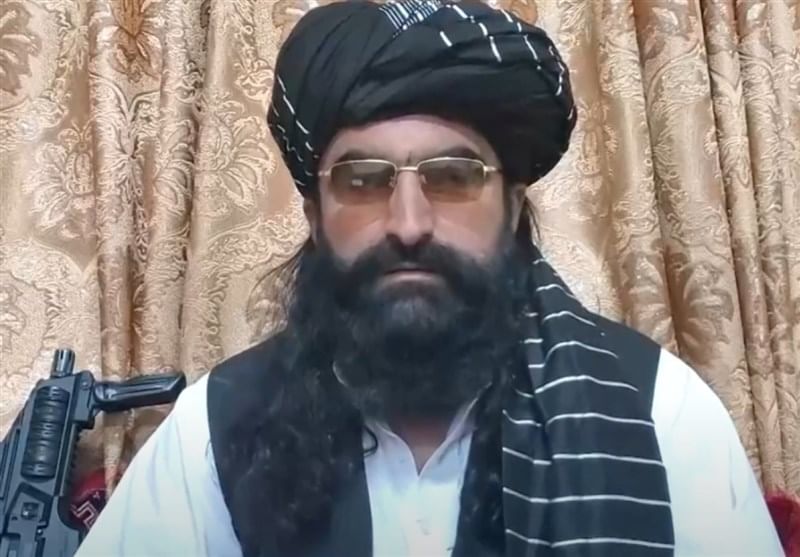
Perhaps the most unsuccessful peace effort involved Maulana Fazlullah, whose jihadists banned Swat’s girls from schools and unveiled women from the streets. In July 2007, Pakistan’s armed forces raided the Lal Masjid, a seminary from where Islamists began projecting power inside Islamabad itself. The Chinese came down like a ton of bricks on General Musharraf’s government and forced him to act against the Lal Masjid jihadis.
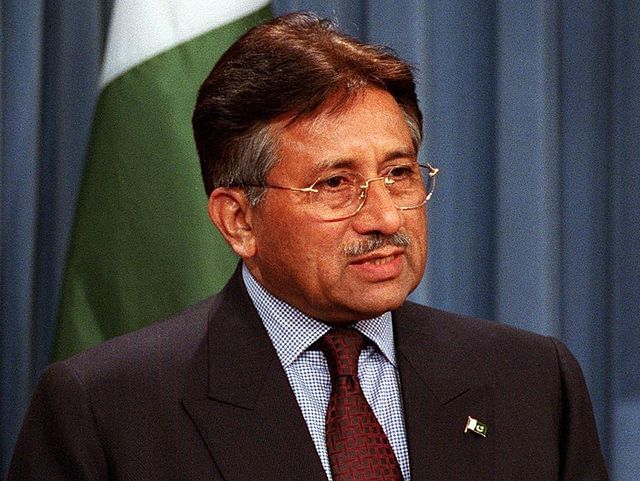
The violence continued into 2008, when the Awami National Party-led coalition government—which Imran Khan’s Pakistan Tehreek-e-Insaaf would later defeat—took power in the Khyber Pakhtunkhwa province. The ANP jumped into negotiations, just as the army had been doing and Imran Khan was to do. The two sides signed a 16-point agreement on 21 May that year. Inside of four weeks, Fazlullah resumed attacking government offices, schools and even shops.
In February 2009, a desperate ANP gave in, and agreed to implement the Shari’a-based Nizam-e-Adl laws—in effect, conceding Fazlullah’s demand for a Sharia-governed mini-state. Floggings, beheadings and suicide-bombings replaced the law. The jihadists soon overran Mingora, Swat’s commercial centre, and in May 2009, took over Buner and Shangla.
Finally, with the Taliban just 60 kilometres from Islamabad, the army had to step in. Fazlullah fled, but the killings continued. The ANP, which struck the peace deal, was literally forced out of the election contest by murderous attacks which claimed the lives of hundreds of its members.
Former prime minister Imran Khan thought this made the TTP good allies and tried to revive peace talks, pushing the idea for at least five years before he took office in 2018. He should have listened to people watching the situation from the ground.
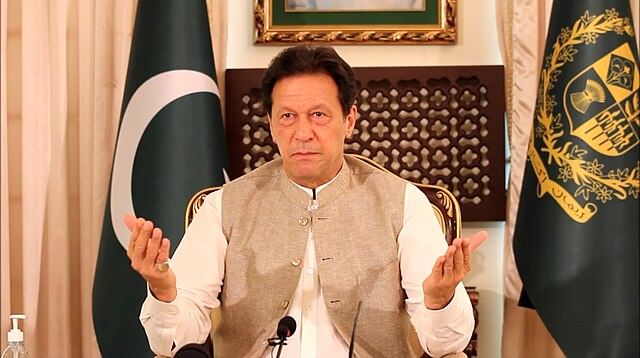
“None of the agreements with the Taliban factions involved in attacks in Pakistan,” Daud Khattak noted in a superb article, “lasted for more than a few months, and the breaking of each agreement resulted in severe bouts of violence, including attacks on government institutions, security forces and civilians.”
Leaders across South Asia have gone down the same road as Khan, seduced by the hope that they can buy-up the support of religious and ethnic extremists—witness Indira Gandhi’s romance with Jarnail Singh Bhindranwale, or Rajiv Gandhi’s flirtation with the Liberation Tigers of Tamil Eelam. They all learned that riding the tiger also means you’re the nearest meal at hand.
The Pakistan army seemed to finally learn this lesson in 2014, when jihadists attacked the Army Public School in Peshawar, killing 144 people, mostly children and their teachers. The army now launched an offensive, which pushed the TTP back into Afghanistan, and tried to destroy its infrastructure.
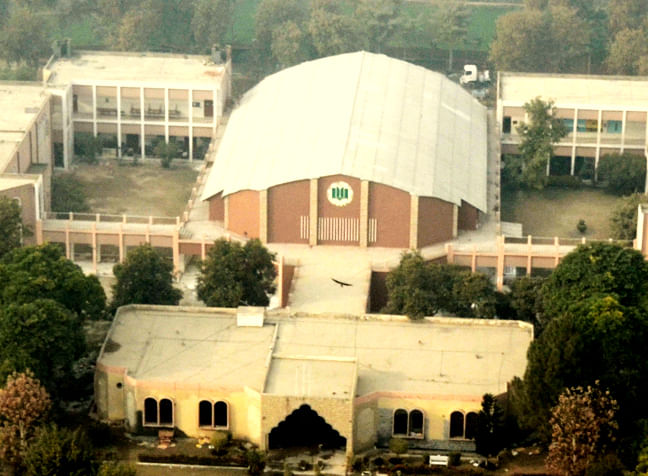
Even as this operation was going on, Imran Khan was persuaded by the ISI to reopen the door to talks. Faiz Hameed, the ISI chief, organised for top TTP commander Muslim Khan to be secretly flown out of death row at a military prison in Pakistan in 2022, into the custody of the Afghan Taliban, who were asked to guarantee his good behaviour.
Faiz also put together plans for the rehabilitation of jihadists in Khyber Pakhtunkhwa, as part of a deal which would cede some political power to jihadist commanders in return for their giving up arms, or at least not attacking the army. The ISI, for the nth time, got a ceasefire, but the terrorists soon began beheadings, public executions and ambushes against police.
The country’s National Counter-Terrorism Authority observed that the ceasefire allowed the TTP to resume recruitment. TTP units demonstrated they could stage lethal attacks far outside Khyber Pakhtunkhwa, staging suicide bombings in Islamabad and other cities.
Also Read: 14 million displaced, thousands killed—Sudan civil war shows failure of global powers
Endless war
All of this raises an obvious question which isn’t easy to answer—why do TTP commanders keep fighting, instead of just taking the local power deals the ISI offers them? After all, their chances of overrunning the Pakistani state are pretty low.
Economic historian Tirthankhar Roy’s work helps understand why war is a way of life in the Afghan-Pakistan borderlands. Imperial powers baulked at the costs of expanding into Afghanistan, he noted, which meant the authority was never centralised, as it was in other resource-poor regions of Asia, like India. The country was thus never integrated into the maritime trading system that powered the industrial revolution.
Lacking revenues, Roy observes, “governments running the country from Kabul never could impose their writ over the entire country”. And, in turn, local warlords had to fight to impose taxes—call it extortion if you like—from small-scale mining, transport and shops. The jihadist who controlled the most wealth could buy the most guns, hire more soldiers, expand his territory, and get more revenue. You get the idea.
From time to time, various outside or internal powers have succeeded in imposing central authority—brutally. “Like a goat between two lions,” said Emir Abdul Rehman, the ruler who built modern Afghanistan, of his nation’s fate, “a grain of wheat between the two strong millstones of a grinding wheel”. Rebellions had raged across Emir Abdur Rehman Khan’s kingdom—17 in his 15-year reign—led by clerics and tribal elites, enraged by his efforts to end their privileges and subsidies. From their eyries, Britain and Russia watched these events—in the Emir’s evocative phrase—“like hungry vultures, anxious to swallow their weak victim”.
He went on, “I had to put in order all those hundreds of petty chiefs, plunderers, robbers and cut-throats, who were the cause of everlasting trouble in Afghanistan.” His campaigns saw thousands massacred, and entire populations shifted to alter regional demographics.
To build this order, though, and to end war, Emir Abdur Rahman also had to invest in building an ever-larger military. That meant there was no money for infrastructure, education, communication or transport. As a result, there was no urbanisation, which was the driver of economic development. And even today, that’s pretty much the story.
I’m sure you’ve all read these roseate accounts that appear periodically about trillions of dollars in mineral wealth being available in Pakistan. And some people insist these mineral resources will one day allow Afghanistan to become rich.
There is no definitive survey, though, that has really proven the existence of these reserves—and the circumstances aren’t exactly conducive to economic activity. Why would you spend millions of dollars after all on security for a copper or a bauxite mine, when you can buy these easily in the open international market elsewhere?
All of this means Afghanistan doesn’t have the resources to crush the TTP, and even if it did, it has no incentive to jump into a war that will probably eat its resources and end in a stalemate. Even if Pakistan bombs border villages using its air force every now and then, the Islamic Emirate knows Field Marshal Asim Munir doesn’t have the economic or military wherewithal to conquer Afghanistan. Islamabad doesn’t seem to have a big chance of succeeding where great powers like the Soviet Union and United States failed.
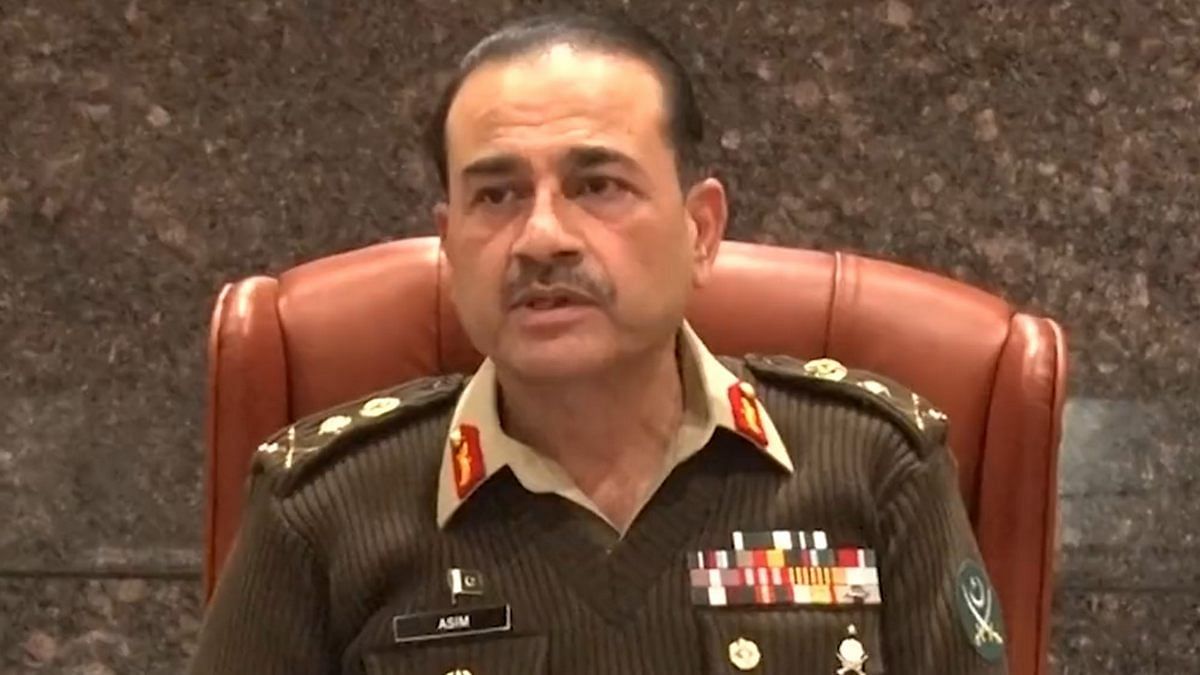
The Pakistan army, for its part, knows its being bled by terrorism, but continues to hope it can cut a deal with enough jihadist factions to bring about something resembling peace. This would mean ceding territory to the TTP, setting up a de facto nation state for the jihadis, but that isn’t an outcome the generals necessarily see as bad.
The jihadists, after all, are bitter enemies of secular-nationalist movements like the Pashtun Tahaffuz Movement, which seeks federal autonomy. The jihadists, Pakistan’s Generals hope, can be persuaded to serve as loyal vassals of the State, propped up by subsidies and grants of the kind the British Empire once offered regional chieftains and clerics.
For two decades, though, this hope of a stable deal has gone nowhere. There’s no sign Field Marshal Munir has the imagination, or the resolve, to accept reality, try to carve out a new path.
Also Read: Trump wants a new Yalta to assert American hegemony. History shows this grand plan will likely fail



